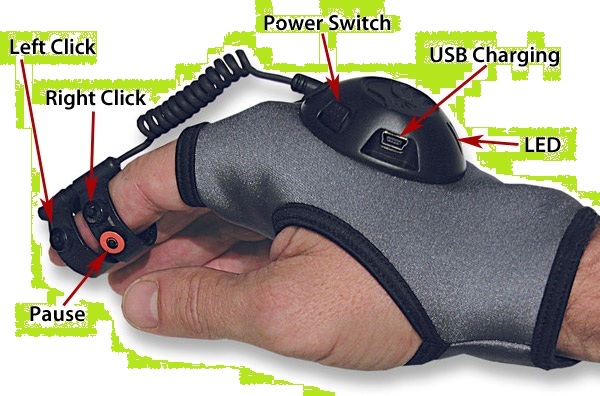Creating the database
The first step in setting up MySQL for Joomla on a remote host is creating thedatabase. Here, I show you how the process works for the Go Daddy account
I use in “Installing Joomla on a Host Server,” earlier in this chapter. You
should be able to adapt the process easily for use with your own ISP.
To create the database in Go Daddy, follow these steps:
1. Direct your browser to www.godaddy.com, and log in to your account
by entering your username and password.
The My Account page opens.
2. Locate the Products pane, found roughly in the middle of the My
Account page. Click the Web Hosting icon. The row expands, showing
you the domains you own the rights to. Under the row marked Control
Center click the green Launch button.
Collecting database details
After your database is set up, you’re in the home stretch! You just need to get
some details on the database to give Joomla when you install it. Again, I use
the Go Daddy example in this section, but you can adapt the procedure for
use with your own ISP.
When your database is ready to use, click the pencil icon in the Action column
(refer to Figure 2-7). The Database Information page, shown in Figure 2-8,
opens.
Record this information from the Database Information page:
✓ Host name
✓ Database name
✓ User name
✓ Database password
Note in particular the host name; you have to give it to Joomla when you
install.
You’ve set the stage. Now it’s time to install Joomla.






































